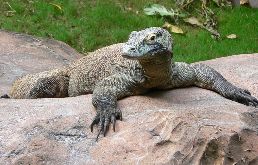Podcast: Play in new window
BOB HIRSHON (host):
Radar-tracked butterflies. I’m Bob Hirshon and this is Science Update.
Every few summers, millions of painted lady butterflies arrive in Britain from Europe. But very few are seen departing in the fall – leaving people to wonder if they simply die. Now, ecologist Jason Chapman of Rothamsted Research and his colleagues have finally tracked the butterflies’ exit – in part, by using radar.
JASON CHAPMAN (Rothamsted Research):
What the radar data showed us was that on days when winds are blowing in a favorable direction, so from the north towards the south, there can be many millions of butterflies migrating at heights of 300 or 500 meters above the ground, so way, way above a height at which humans would be able to see them. And the butterflies could take advantage of these very fast winds and travel a great distance.
HIRSHON:
His team also found that the entire migration route, from Africa to the Arctic Circle, spans nine thousand miles and can take six generations to complete. I’m Bob Hirshon for AAAS, the Science Society.


 Podcast for 9 November 2012
Podcast for 9 November 2012